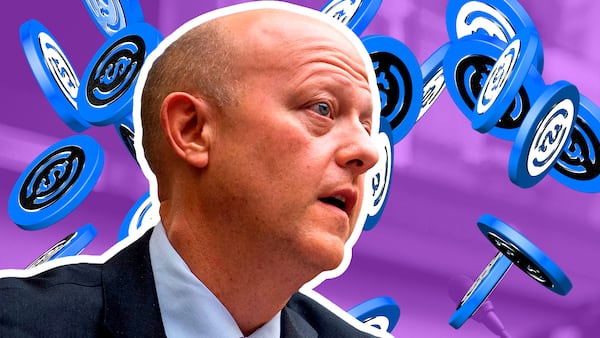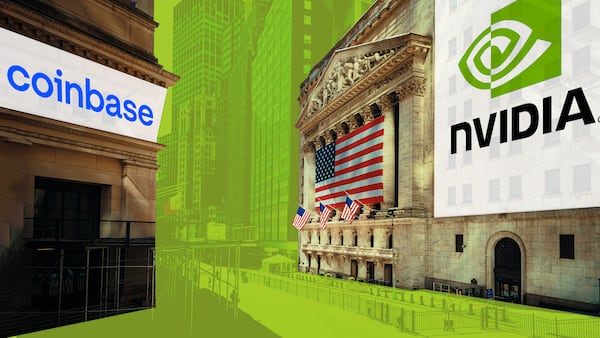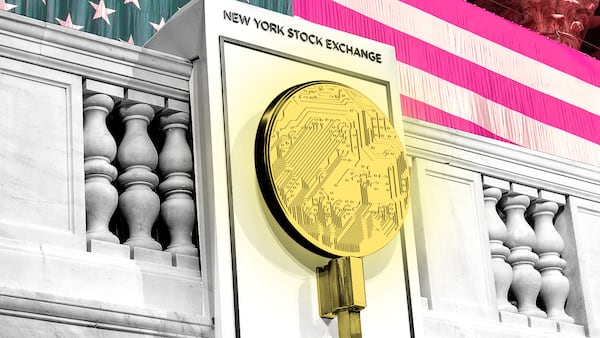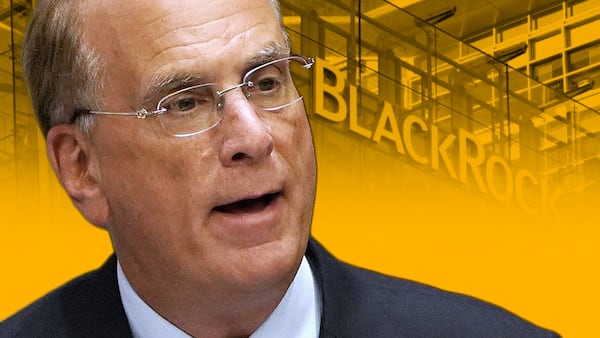- Tokenisation is projected to rise as high as €19 trillion in the next 10 years.
- But there’s still major hurdles to overcome.
- Tides are turning, just slower than projected, said Deutsche Bank’s crypto lead.
Excitement about bringing stocks and bonds onto the blockchain has hit a fever pitch.
Ripple and Boston Consulting Group predicted in March the niche industry will reach $19 trillion over the next 10 years.
Larry Fink, the CEO of BlackRock, just waxed poetic about the benefits of tokenisation in his annual letter to shareholders.
Still, the dollar amount of traditional assets on blockchain today is just $20 billion, according to data from RWA.xyz.
That means the market will need to grow 950 times by 2033 to reach those bullish targets.
Is that even doable?
“Sure, anything is possible,” said Sabih Behzad, head of digital assets at Deutsche Bank. He spoke to DL News on the sidelines of Paris Blockchain Week on Tuesday. “Is it probable? That’s the question.”
Though his firm hasn’t made the same splash as BlackRock’s onchain BUIDL fund, which just hit $1 billion in flows, Deutsche Bank has been busy tokenising bonds with other partners.
In 2024, the firm played a key role in tokenising €100 million in tokenised bonds for the German bank KfW.
“We experimented to death,” he said on a panel at the conference.
Those experiences have left Behzad’s enthusiasm around tokenisation more measured than his peers — specifically around what still needs to happen before the sector really becomes a multi-trillion-dollar market.
“It’s not good enough just to have the issuance part, which is the tokenisation part,” Behzad told DL News. “You need all four parts of the value chain. You need issuance, you need trading, you need settlement, and you need custody.”
Behzad said that some of these other pieces are well on the way at Deutsche Bank.
Thanks to the recent repeal of a bill in the US that made it hard for banks to hold crypto on their balance sheet, custody solutions are making more sense for the bank, too.
He hinted that Deutsche Bank’s in-house custody service could even go live this year, pending regulatory review.
Overall, though, there’s been far less reticence among larger banks in operating on public blockchains, where users aren’t sure exactly who their counterparty is.
That’s a major risk.
“Most banks do not like to operate in uncertainty,” he told DL News. “If you’re working with a partner that’s operating in a grey area, that’s not a great outcome from a bank perspective.”







